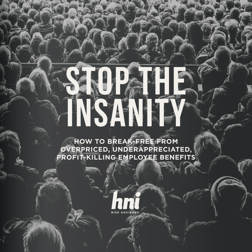Pharmaceutical pricing and fees have become the health care industry’s best kept secret. The cost of prescription drugs are increasing at an unsustainable rate, and to make matters worse the revenue sources aren’t transparent to the patient or employer.
THE FACTS
- Prescription drug spending in 2016 accounted for 10% of the nation's total health care costs.
- Prices for common medications are as much as 117% higher in the United States than in other nations.
THE PROBLEMS
- Patent holders set prices as high as the market will bear.
- Pharmacy Benefit Managers (PBMs) negotiate discounts with select distributors to drive volume and often keep rebates that could go back to the payer or consumer.
- Mail order pharmacies promise lower prices but are allowed to ship (and bill) automatic refills before a patient may need them. And with over 4 billion prescription drugs filled each year, even the slightest error rate of pharmacy claim adjudication can cost plans and payers a fortune.
- There are many non-transparent revenue sources for PBMs and pharmaceutical companies which most employers are unaware that they and their employees are paying.
- SPREAD PRICING: The difference between what the PBM pays for a prescription and what they sell it for.
- DISPENSING FEES: A per prescription fee that is charged to the member.
- REBATES: PBMs negotiate rebates directly with pharmaceutical manufacturers that are based on preferred placement on a formulary tier (e.g. placement on a ‘preferred brand’ tier with more favorable cost-sharing amounts relative to products on a higher tier) or based on utilization.
- ADMINISTRATIVE FEES: Monthly service fee charged to the employer.
AN EXAMPLE
This 60 Minutes segment is a great example of how this happens:
Learn how leading companies are building a strategy to end health care insanity:
.png?width=69&height=53&name=Acrisure%20Logo%20(White%20Horizontal).png)


